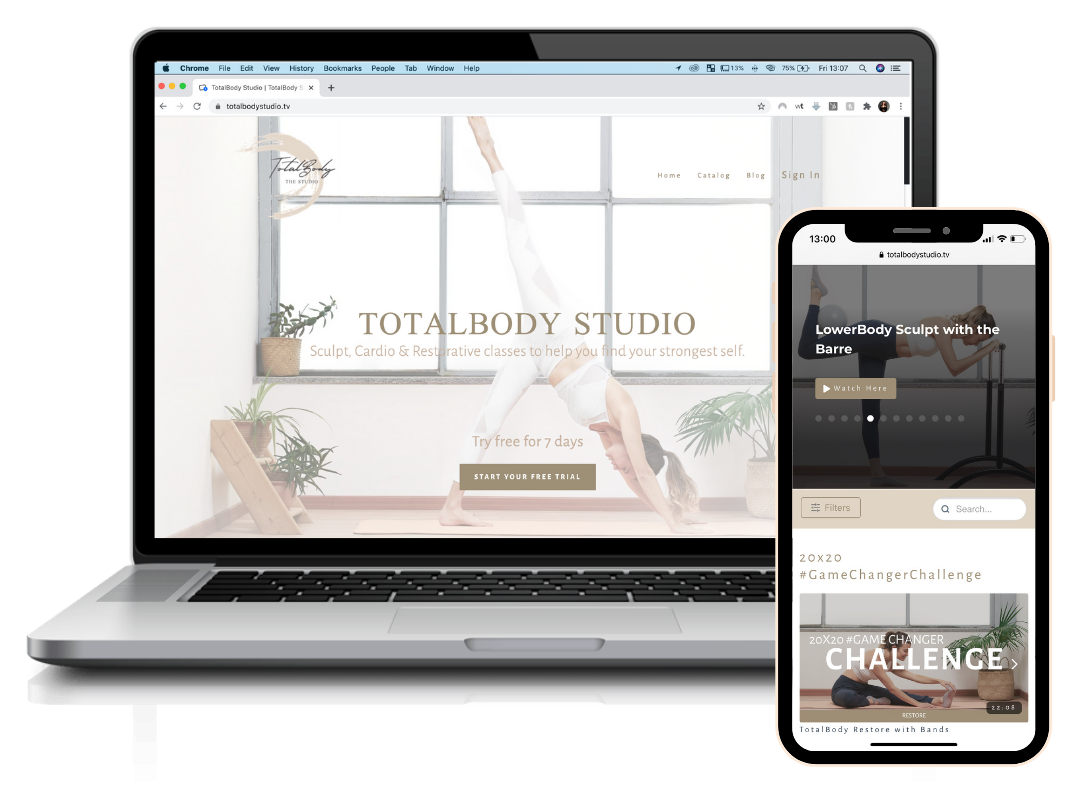
Sometimes too much of a good thing can turn into a bad thing. Also by overdoing HIIT we can do more harm than good.
HIIT, or in the longer version High Intensity Interval Training, has been proven to be one of the most effective forms of exercise.
If you don’t know what I am talking about, HIIT is repeated bursts of short, yet intense exercise separated by even shorter periods of recovery. By training at your top level of exertion, you burn a lot of calories in a short period of time, making HIIT an effective tool for increasing cardiovascular fitness, sculpting your body and increasing metabolic rate.
What’s more, studies show that the metabolism stays in a heightened state for up to 24 hours after you’ve finished the session.
[I talk more extensively about HIIT’s benefits in the article HIIT vs LISS – follow the link if you want to refresh your memory.]I completely see how appealing this might sounds to time pressured individuals, such as office workers, mums, and students.
But there are two points I want to make here.
The first one: one size doesn’t fit all.
During a HIIT session there is a very little emphasis on mobility, activation, and in a lot of cases, technique which are all incredibly important in keeping the body fit and healthy as you age.
High Intensity training also puts a big strain on your nervous system, joints and muscles, which can be bad news especially if you haven’t exercises for a while or you carry a high % of body fat, as could increase your risk of injuries and illnesses.
My second point, nonetheless just as important, is that training shouldn’t just be just about burning calories!
To achieve a healthy, strong, durable body is essential to mix things up, alternating cardio vascular training to resistance and slower-paced kind of exercise – yoga and pilates to name a few.
While you may not notice the negative effects of overtraining immediately, in time you might experience a decrease in performance, damages to your immune system, plateaus, possible weight gain due to cortisol release or increased appetite, insomnia and overuse injuries.
Furthermore, 30/45 minutes of intense activity do not cancel out 8/10 hours of sitting down on a daily basis. Not too mention that sitting down for long hours causes all sorts of muscular/joints issues as well as typically core and gluteus muscles weaknesses, which need to be addressed in your training (read more about it HERE).
So we could say that HIIT is like avocado: we all love it and it is very healthy…in moderation!
What’s my advice? Well, I have got more than one.
If you are currently in a job that forces you to sit down for long hours what will make a difference to your fitness is incorporating movement throughout the day.
Set up a reminder (or listen to your Apple watch) to get up and walk around the office for few minutes. Maybe offer to do the coffee runs for you and your colleagues. Take the stairs. Get off the bus/tube/car early and walk the rest of the way to/from work.
Do your gluteus muscles and abdominals a favour by starting each session with activation exercises.
If you are new to workout, or a little rusty, ease into cardiovascular exercise with less impactful forms such as brisk walking, cycling, long distance running, rowing, swimming for at least 6 weeks.
Whereas for my HIIT junkie fellows, I’d say to reduce your sessions to a max of three times per week and take up something new, maybe a reformer class or weight sessions with a trainer.
More in general, it is really important we learn to listen to our bodies: if we feel exhausted that day swapping HIIT for something less strenuous can be the best choice of the day. And don’t waste time worrying that it won’t do enough. Pushing an exhausted body where it doesn’t want to go will get you farther from your goals that what you think.

